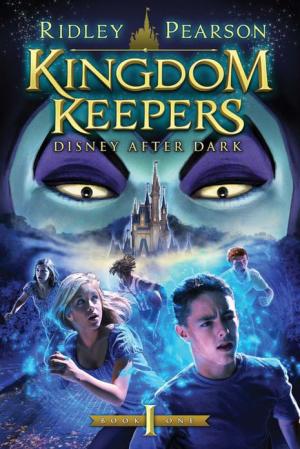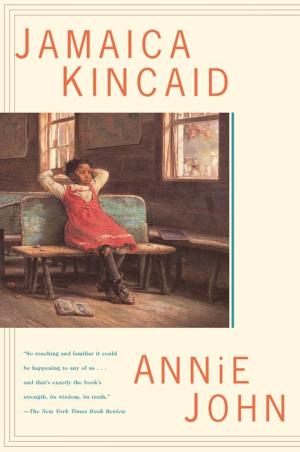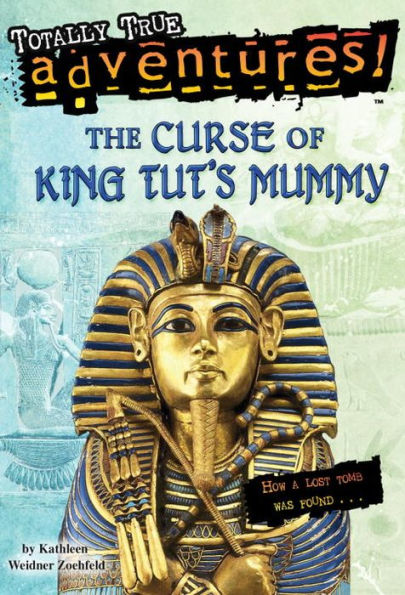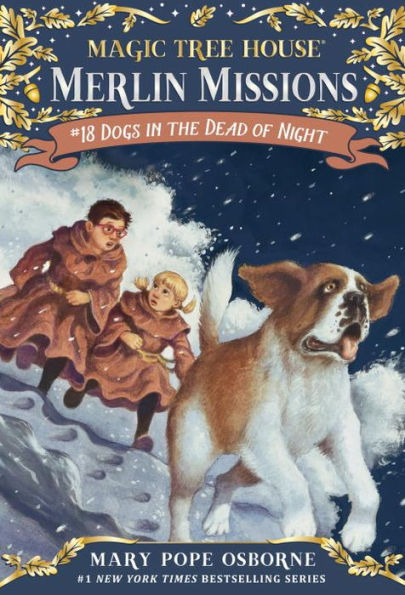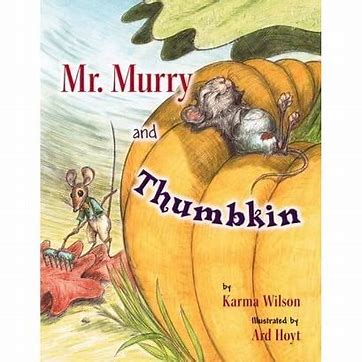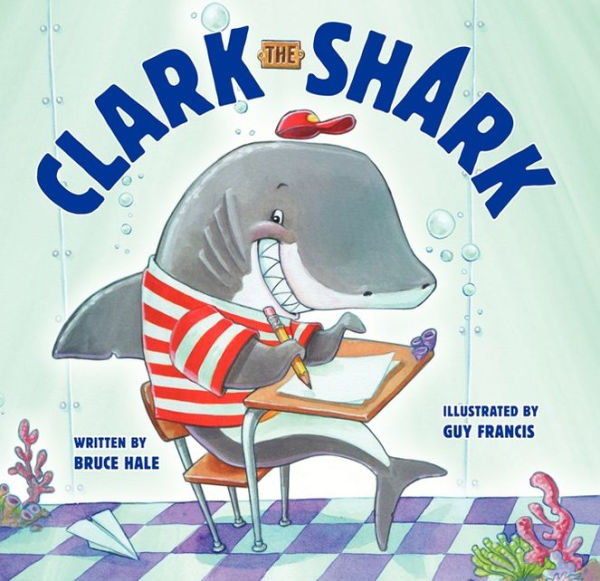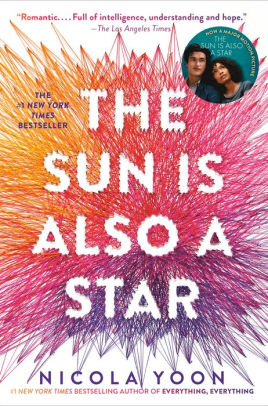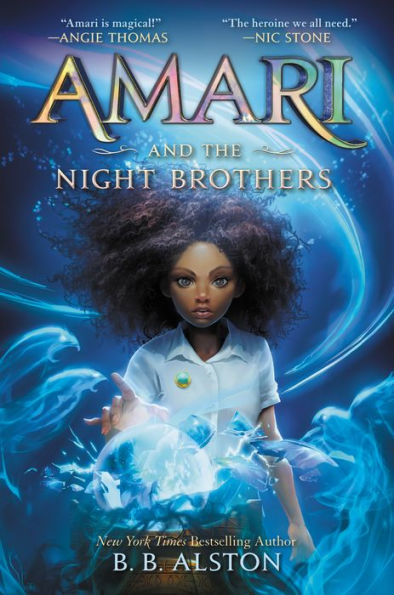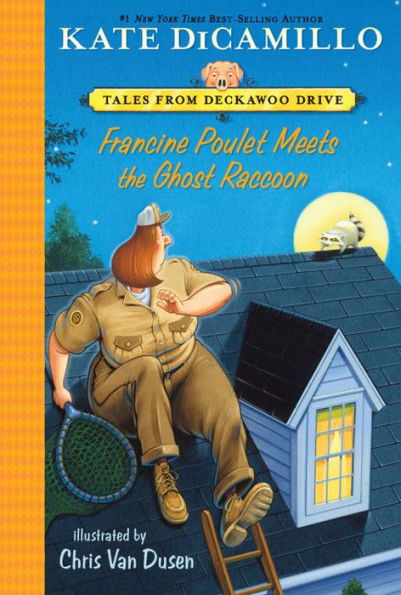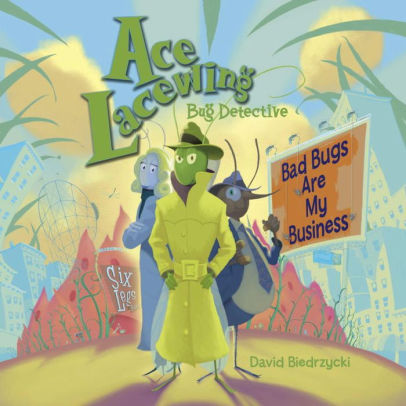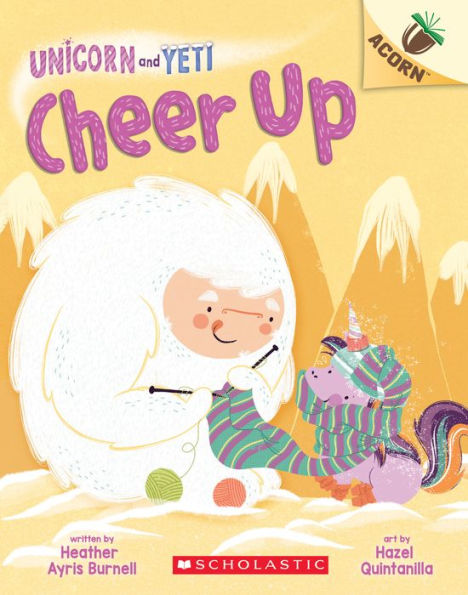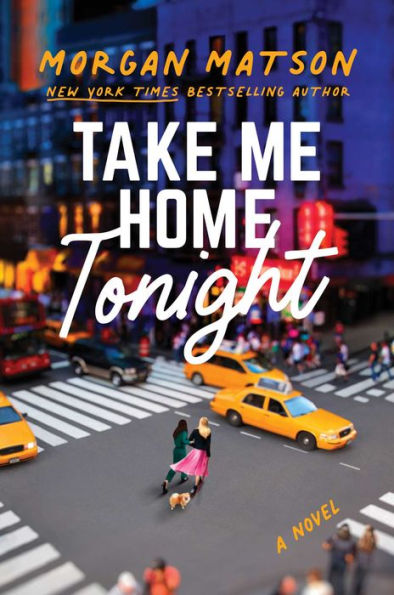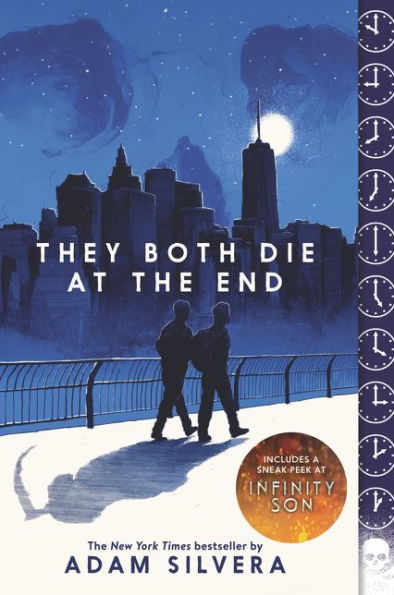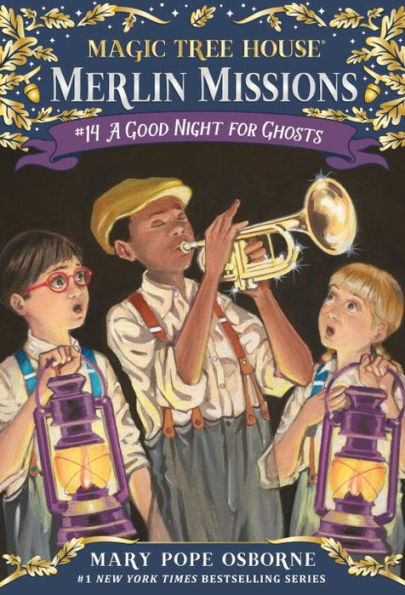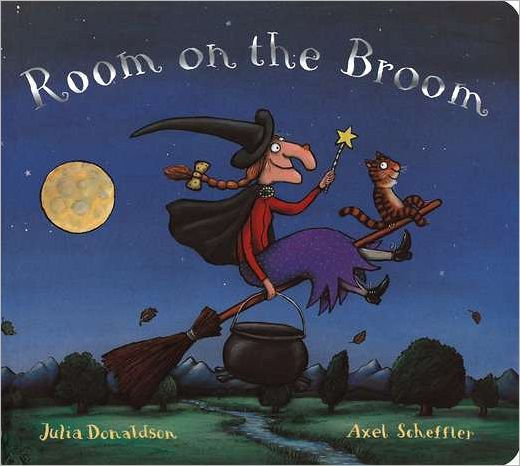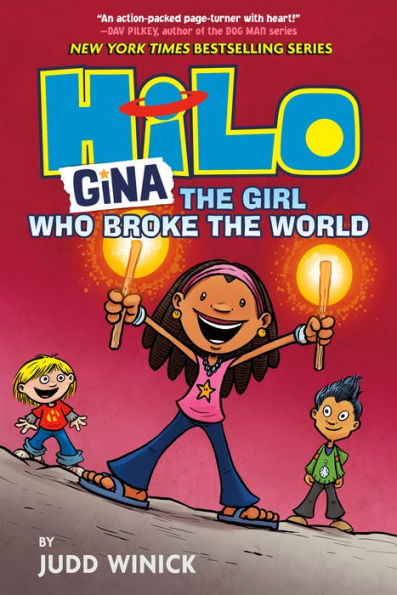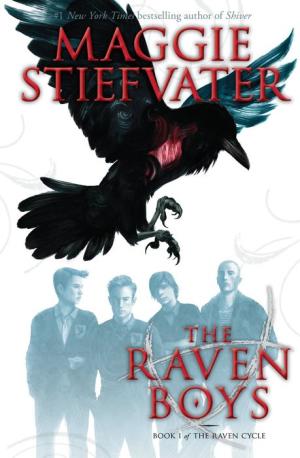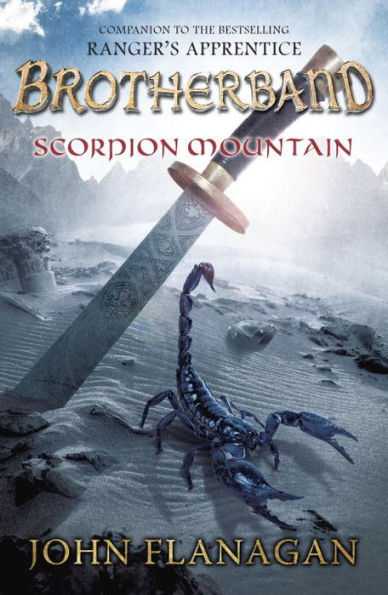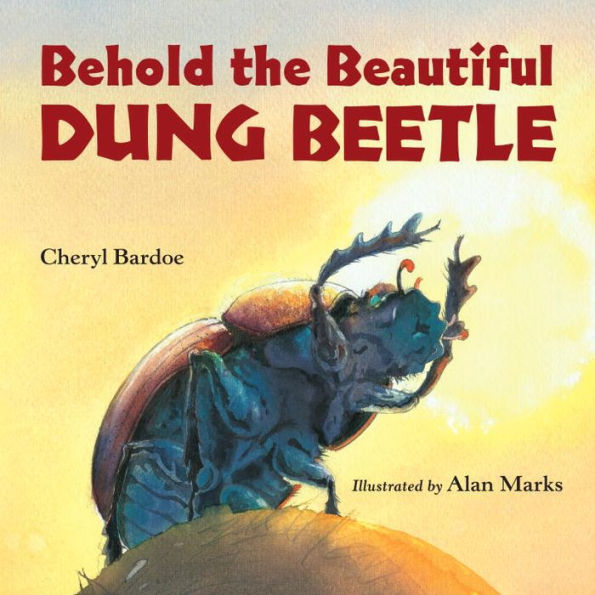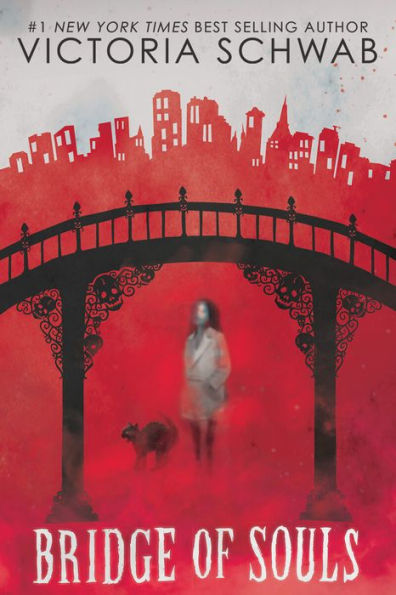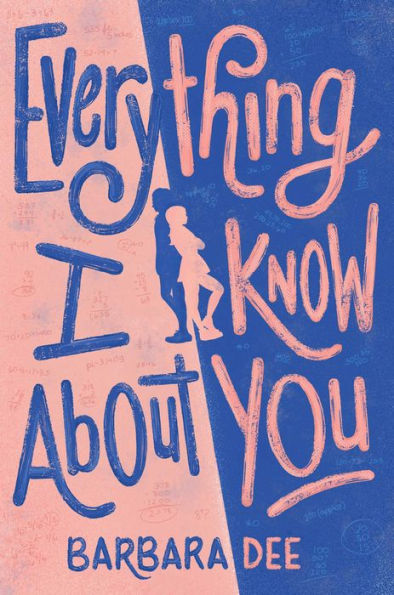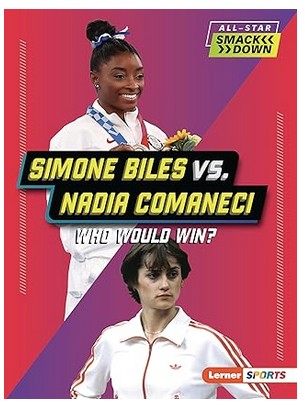Have you ever wondered what happens after Walt Disney World is closed at night, when no one is around, and the characters are all alone? When middle schooler Finn Whitman becomes a Disney Interactive Host, a hologram meant to guide guests through the parks, he finds that the answer is a lot more magical and frightening than he ever thought possible. Every night, Finn and his four fellow hosts “crossover” and become a human-hologram hybrid able to explore the parks. Wayne, the Imagineer responsible for creating the DHI program, reveals the hologram hosts were created to become the parks first line of defense against an army of evil characters called the Overtakers. The evil characters want to use the magic that powers the parks to bring darkness to the world. The five hosts must solve Walt Disney’s Stonecutter’s Quill fable, defeat the Overtakers, and restore peace to the “Most Magical place on Earth.”
The hosts are all middle schoolers with starkly different personalities. At first, each character feels alone and afraid, and they do not want to go on the mission. None of the hosts believe they are equipped to take on Maleficent’s black magic, but in the end their teamwork makes saving the park possible. As the book progresses, they each learn to make sacrifices for each other, utilize their individual strengths, and work together to become a powerful team. The book develops the theme that teamwork is necessary to overcome challenges.
The story emphasizes the value of working as a team and maintaining the power of one’s beliefs. Wayne believes the ability for the characters to come to life is powered by the parkgoers who believe the magic in the parks to be real. Finn later discovers that his own thoughts are powerful enough to transform himself from a physical being into light. Pearson shows that the characters’ thoughts and beliefs can alter reality, making that power a significant theme in the book.
In the earlier stages of the text, the characters are hindered by their simple personalities (pretty, smart, athletic, quiet, leader). However, as they learn to work together, they become more likable. The plot of the story, and the setting, create the true magic of this book. Pearson ensures that every corner of the Magic Kingdom is featured, and he fully explains the details that are necessary to feel as if you are traveling around with the characters. He also incorporates some fascinating park history and operational fun facts which offer insight into the parks.
Disney After Dark includes some facts about the park’s operations and may poke holes in the illusion of magic that the parks create. Fans of the Disney Parks may enjoy reading about the hosts’ quest to solve Walt’s fable throughout the Magic Kingdom and MGM Studios. Pearson does not visit every park in this first book, leaving other areas to explore in later additions to the series. He also makes it clear that while Maleficent is certainly a powerful foe, she is not the only villain the five hosts will have to face. This builds anticipation for the following books, while still creating a satisfying end to this story. Much of the book focuses on the children avoiding harm from the hand of the Overtakers, but the violence is fairly mild, with many of the interactions between the villains and the kids resulting in minimal injuries. The effect on the hosts is fear more than anything else. Pearson creates a well-paced story that is just thrilling enough to draw readers into the adventure, using mystery, action, and creative storytelling to bring Disney magic through the pages of this first installment in the Kingdom Keepers series.
Sexual Content
- Finn develops a crush on his friend Amanda. The first time he sees her, she is stretching in gym class. “Finn wasn’t big on girls, but something about Amanda grabbed and held his attention.” At the same time, his friend Dillard does not think Finn can go talk to her, because “Dillard thought of girls as a separate life-form.”
- Amanda smiles at Finn’s jokes. Finn thinks she probably did not want to show that she thought he was funny, because “it wasn’t cool for a girl to show she liked a boy any more than the opposite.”
- Amanda tells Finn that Willa, another host, “said [he was] cute.”
- When Amanda visits Finn at his house, Finn’s mom tells him to leave the door to his bedroom open.
- Willa becomes afraid of the witch Maleficent and holds Finn’s hand. Finn is “glad they were all invisible” because “he wouldn’t have wanted to explain their holding hands” to the other hosts.
- Finn describes Jezebel as beautiful. “Her deep-set gray eyes captivated him, even from a distance.” She frequently charms the boys into doing what she wants. Her ultimate goal is to distract them from completing their tasks.
- At the Girl Scout car wash, Finn observes Jezebel joining in a water fight while in a bathing suit. She looks at him. His friend notices and asks, “You think she likes you?” Later, when Maybeck, another host, and Jezebel have a water fight, Finn thinks, “for some reason [he] wanted to be at the center of that battle.”
- When Maybeck expresses wanting to hurry up with a mission, Charlene jokingly asks if he has “a hot date.” Maybeck responds, “Not with you I don’t.” Later, it is discovered that he did have a plan to meet up with Jezebel.
- Jezebel arrives at the Halloween party dressed in “a skintight black-and-white leotard with black-and-white tights” and “bright red lipstick.” Finn thought, “She looked like a college girl . . . she drew looks from a good number of boys as she passed.” When she approaches Finn, she “stepped up to Finn, standing a little too close” and “spoke softly, privately.” When she makes eye contact and smiles at Finn, his friend coughs and interrupts the encounter. Finn suggests Jezebel may have already put a spell on him after all.
- Maleficent, Charlene, and Amanda try to draw Finn into a trap. Maleficent says, “If you didn’t care so much about your two girlfriends up there, you wouldn’t have followed us down here.”
Violence
- A rumor spreads that Finn is going “psycho.” Finn says, “I’m not stabbing girls in showers or anything.”
- In the Haunted Mansion, a man is depicted “dangled from a noose attached to the ceiling.”
- Wayne the Imagineer talks about an event that went wrong. The dragon that is meant to be slain by Mickey Mouse rebelled and set Mickey on fire. Wayne says, “Mickey could have . . .” Mickey could have died, but he was able to survive by jumping into water.
- Finn is approached by some of the animatronic pirates from the Pirates of the Caribbean ride. He offends them and they draw swords and knives, though they do not use them. Instead, they use the laser guns from a different ride’s vehicle, which are supposed to be harmless beams of light, to attack Finn. The magic has made the lasers real, and Finn is burned. Finn “smelled burning hair” and skin, realizing what had happened. Later, the burn turns into a painful “pea-size red-and-brown scab with” a “dime-size scarlet circle of flesh that surrounded it.”
- Maleficent’s presence makes the air incredibly cold. When Finn first feels this effect, he fears the “cold might kill him.” Later, Jezebel uses her magic, making the same cold effect. Finn was touching the surface of the door when ice starts to form. He gets stuck to the door and eventually “tore some skin off the palms of both hands as he pulled away from the icy bar” of the door.
- While looking for clues in the ride It’s a Small World, the animatronic dolls come to life and attack the hosts. “One bit down onto Finn’s arm, locking its jaw. It drew blood.” Maybeck is able to pick up a doll and throw it against the wall so that “it struck the wall and smashed into pieces.” As the dolls continue to attack, Maybeck suggests using an “automatic weapon” to fight them off, while Charlene prefers a “baseball bat.” Maybeck continues, asking if they could use a “stick of dynamite.” In the end, they tame the dolls with a smile.
- While floating along Splash Mountain, Finn and fellow-host Philby, face the final drop which Finn is unsure whether to call a “thrill or kill” drop. The current pulls Philby down the drop and he “tumbled through space and water, holding his breath and sucking for air. His lungs burned.” Finn rescues Philby.
- Maleficent turns herself into a bird and dives after Finn with “talons like dinner forks.” When Finn tries to hide in the water, she turns herself into an eel and “dragged him under. . . It climbed up Finn’s body…and squeezed…He felt the wind being choked out of him.” Before he suffocates, Philby uses his boat’s propeller to “cut the eel like a meat grinder.” Maleficent then let’s go and escapes.
- A biker chases Amanda and Finn through a skatepark. To stop his pursuit, they clothesline him. He is “thrown to the concrete.”
- After the Overtakers kidnap Maybeck, Finn recognizes the Overtakers are willing to kill the hosts. He also believes they have been causing the brownouts that make the kids have fainting spells and feel sick.
- The Overtakers attack and drain an electrical company power station of all its power.
- Charlene and Willa looked for clues in the Winnie the Pooh ride. They realize their car has stopped and they are trapped in one room. Rain started to fall from the ceiling. “But then it wasn’t simply rain, it was a torrent. Buckets. Both girls gasped for breath . . . it was hard to breathe without coughing.” The danger grows as an increasing number of “electrical wires were submerged.” Willa fears they “could be electrocuted.” The car the girls are on is “pinned with the girls inside it.” They manage to dislodge the bar that is blocking the door.
- While searching the Big Thunder Mountain rollercoaster, a T-Rex skeleton comes to life and chases Finn and Philby. “The dinosaur had all its bones, with no eyes, no skin, no flesh—but all its teeth.” Finn notices “the dinosaur’s jaws clapping open and shut, sounding like a door being slammed.” While the dinosaur gets a piece of Finn’s shirt, the boys remain unharmed. They stop the T-Rex by waiting until the “skeleton’s teeth were a foot away” and then moving so he crashes into the wall. The skeleton’s bones “splintered and snapped at the knee” and the T-Rex landed “with a noisy explosion of broken bones that scattered like tree branches.”
- Finn and Amanda accidentally run into one another and “they went down hard.” Finn “came to his knees, dazed.”
- A spell affects Amanda and Charlene, causing them to go weak and faint. Finn thought, “She felt cold, really cold, and stiff, as if she were suffering some kind of seizure.”
- Maleficent forms a magical version of what she likens to “shock collars” and “wireless fences.” She puts one on Finn and says, “I don’t advise testing it, but be my guest, if you must.” Later, Finn tries to escape and “he was knocked back off his feet and onto the floor.” The electricity caused him to “[feel] as if he’d been stabbed in the chest.”
- Maleficent uses magic on Finn, Maybeck, and Philby. On Philby, she uses a spell that makes him “[seem] to lose every bone in his body . . . he fell to the floor in a heap of unwilling limbs and muscle, a lump of flesh.” With Maybeck, Maleficent makes him unable to speak and then suggests she can “add some pain” but does not. For Finn, Maleficent conjures balls of fire which she bowls at him. She “singed his cape” but she fails in hurting Finn. He escapes by using a magic pen on her. When the pen touched Maleficent’s skin, “she [flies] back and [falls] to the stone floor.” He “[stabs] at Maleficent” again, weakening her enough to escape.
- After Finn uses the magic pen on Maleficent, he describes that “she was either half dead or ready to kill.”
- Philby uses the pen on Maleficent. He and Finn watch as she is “thrown violently . . . into the heavy black shelves.” She ends up “pinned to the computer shelves, impaled onto a stack of electrical outlets and surge suppressors” but she is alive and gains power from the incident.
- In order to get stolen papers from Jezebel, Finn “dove at [her], knocked her down, and took the plans back.” She in turn casts a spell on him which causes him to feel “a sharp pain flood through him.”
- While escaping through a trash shoot, Finn “slammed into some kind of mesh gate.” When Maleficent reaches for him, he “kicked out and pushed her back.” She casts a spell meant to turn him into a rat, but she misses and hits a piece of trash. Finn then “grabbed hold of the clawing rat and threw it at her.”
- Maleficent is captured and Wayne promises “We don’t kill anything here. Not even witches.” They plan to lock her in a prison instead.
Drugs and Alcohol
- From afar, Finn sees Tom Sawyer “smoking a pipe with a long stem.”
- Rather than telling his mom what actually happened with the laser-burn, Finn tells her that a bully burned him with a cigarette. He knows he can’t tell her it was his own cigarette because “Finn had once walked across a restaurant and boldly asked a smoker to put out his cigarette so that his own hamburger didn’t have to taste like an ashtray.” His mom smells his breath just to confirm his story.
Language
- Finn thinks his teacher’s British accent makes him sound “like a pompous snob.”
- When Finn says something a bit too confidently, his mom calls him “Mr. Hotshot.”
- Finn thinks Willa, another host, seems “a little geeky.”
- When Finn tells his friend, Dillard, about his experiences as a hologram, Dillard says, “You’re going psycho on me.”
- Amanda tells Finn to “get a life.”
- Finn notices a variety of tourists including “fat people, sweaty people, smelly people, bald people . . .”
- Stupid is used several times. For example, a girl student corrects her friend, saying, “It’s not Zoom, stupid.”
- Philby, a host, tries to distract some pirates saying, “Hey, dog breath!”
- Philby asks his fellow host Maybeck if he is “a computer freak.”
- Dumb is used a few times. For example, Amanda makes a reference to “some dumb thing [her] mother” had said. Later Maybeck says, “I can’t go through a dumb wall.” When he realizes he can, he exclaims, “What a dumb jerk!”
- The pirates use “a roar of rough-sounding words.”
- Dillard, Finn’s best friend, is described as “big.” He explains that for this reason, “people make fun of him.”
- Wayne calls himself an “old goat,” a phrase that Finn later uses to describe Wayne.
Supernatural
- The book is centered around the existence of magic, both good and evil. Inanimate objects and fake characters come to life. People can become holograms. Frequently, witches use spells to fight against the hosts.
- The Overtakers harness the power of a hurricane, draining its strength. Wayne says it is like “a vampire sucking blood.”
- Finn thinks the environment in the Splash Mountain ride looks “devilish” in the dark.
- Finn finds himself rhyming in his thoughts without meaning to, which Amanda explains is a sign of witches.
- Maybeck tells the group that the Overtakers have the ability to “put thoughts into your head. . . They’re like orders.”
- Finn doesn’t speak his fears aloud for fear of jinxing the group and causing something worse to happen.
Spiritual Content
- Maybeck, another host, “made a point of telling Finn that he was a Baptist.” Maybeck has a Bible on the bedside table.
- Finn “wasn’t terribly religious.”
- Finn says he cannot tell his mom the truth because “she’d cart him off to the mental ward, or worse, their minister.”
by Jennaly Nolan
